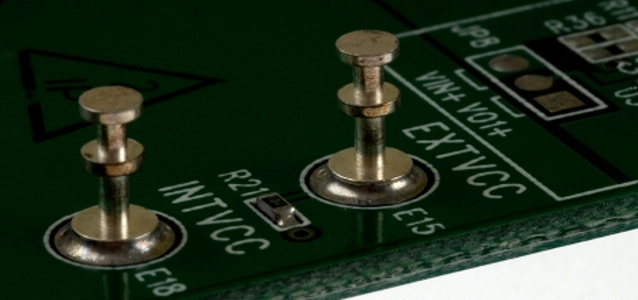
© rob hill dreamstime.com
Components |
Powerchip’s DRAM production to end permanently
The delays to the bidding for Powerchip’s P3 have finally come to a close as GlobalFoundries purchased the majority of the plant’s manufacturing equipments.
The clearance of inventory, along with other related machinery, is expected to commence in the subsequent periods. For the equipments that remain unsold, Powerchip’s creditor banks will either seek additional buyers or attempt to allocate them to the existing P1 and P2 facilities. Further discussions between Powerchip and its banks are expected to take place in the days following the factory clear-out.
As stated by DRAMeXchange, a research division of TrendForce, when Powerchip purchased P3 from Macronix for $5.3B NTD during 2006, it began to use the 90nm manufacturing process and gradually transformed the plant into a major DRAM production facility. As time passed, the company would go on to buy three additional manufacturing equipments, upgrade to the 30nm technology, and expand its capacity to around 45K.
The DRAM market, for the most part, has been in a continuous state of oversupply, as can be seen when the 2Gb prices dipped below $0.6USD last year. While 2Gb prices would eventually rally and climb to $1.3USD, Powerchip has chosen to go into the foundry business in 2H12 and decided to substantially reduce its PC DRAM wafer production.
In recent periods, Powerchip actively discussed OEM service opportunities with first tiered manufacturers as a means to maintain proper production utilization rates for P3 and to retain a portion of its capacity. As the company’s debt reached $60 Billion NTD, though, the creditor banks would ultimately suggest putting P3 up for bid, in turn leaving Powerchip with about 80K worth of capacity from P1+P2.
Given that the company’s focus is still on the foundry business, following the removal of P3 equipments by GlobalFoundries, Powerchip is predicted to stop wafer production and permanently shut down DRAM production during 1Q13.
PC DRAM Supply to Continue Declining as Contract and Spot Prices Climb
Taking into account factors like Powerchip’s P3 bid, the transformation of various DRAM manufacturers’ businesses, the ailing economy, and the rise of smartphones and tablets, PC shipment growth is projected to be approximately -1.9% in 2013.
On the other hand, as DRAM manufacturers gradually reduce their capital expenditure, and as the delays to the technological migration processes continue, DRAM growth for this year is forecasted to be around 20%, lower than last year’s 30% and similar to the amount of growth exhibited during the 2009 financial crisis.
Regarding DRAM production, given that first-tiered manufacturers are continuing to reduce the proportion of PC DRAM while transitioning into server and mobile DRAM territory, TrendForce predicts that in 2013, PC DRAM will only account for around 32% of total DRAM production (about 12% lower than last year’s 44% figure).
As the PC DRAM production ratio rapidly declines, PC OEMs are beginning to show concerns about the possibility of a shortage situation. More and more OEMs, since the fourth quarter of last year, have begun to take steps to increase the level of their inventory.
During 4Q12, both the spot and contract market saw noticeable price increases. 2Gb prices have reached $1.3USD, about the same as the contract prices, whereas the 4GB module prices approached the $20 USD mark. As indicated by TrendForce’s data, the PC DRAM market will experience a major shortage situation during 2H14. Not only will the price of PC DRAM approach manufacturing costs, the contract and spot prices will also likely continue to maintain their upward movements.




